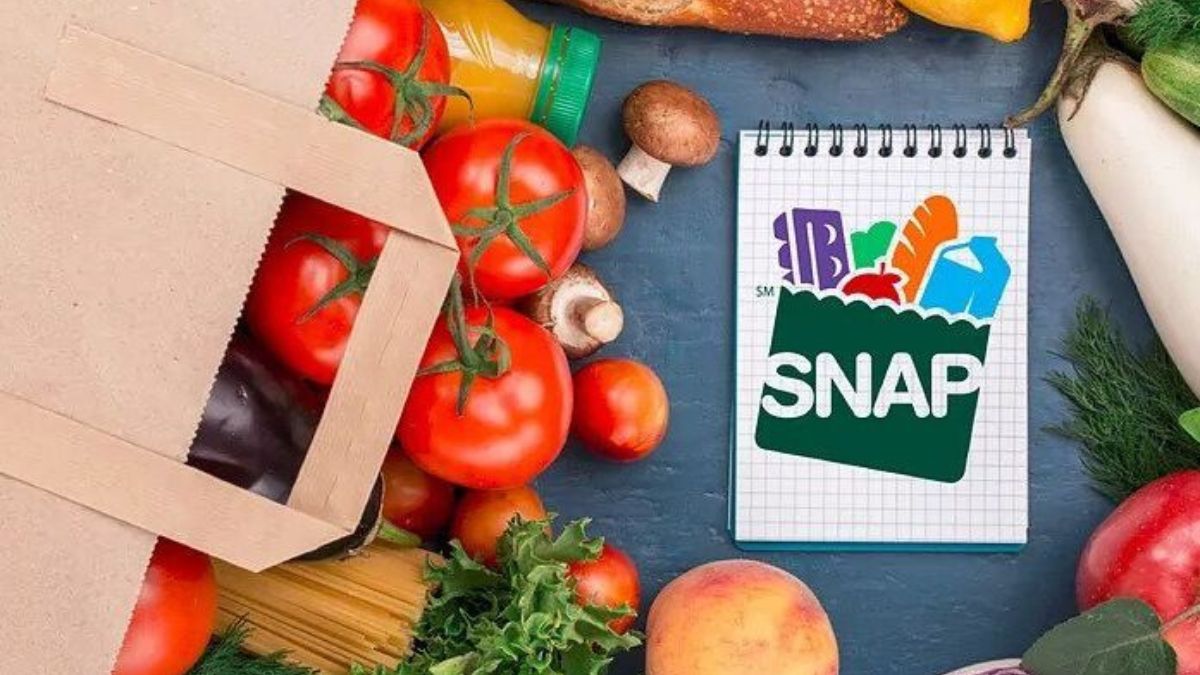In a major step to improve food security and health outcomes, the state of Colorado has introduced a new program that offers up to $60 in monthly bonus funds to SNAP (Supplemental Nutrition Assistance Program) recipients who purchase fresh fruits and vegetables. The Colorado SNAP Produce Bonus initiative aims to encourage healthier eating habits while offsetting the impact of rising grocery prices.
An Effort to Promote Healthier Diets and Economic Relief
Launched by the Colorado Department of Human Services (CDHS) in partnership with Nourish Colorado, the program is designed to automatically match produce purchases dollar-for-dollar—up to a maximum of $60 per household per month. The extra funds are automatically added to a participant’s Electronic Benefit Transfer (EBT) card following qualifying purchases.
There is no need for additional applications, paperwork, or enrollment, making the process simple and accessible. Once triggered, the bonus credits can be used to purchase any SNAP-eligible food items, giving recipients both nutritional support and financial flexibility.
Who Benefits from the Program?
As of 2024, approximately 584,000 Colorado residents—or about 10% of the state’s population—receive SNAP benefits. The bonus initiative is expected to significantly benefit these individuals and families, especially those grappling with ongoing food inflation.
According to CDHS, the simplicity and value of the program have resulted in a 99% redemption rate during its pilot phase in 2023—underscoring the program’s effectiveness and popularity.
How and Where the Bonus Applies
The bonus applies specifically to fresh fruits and vegetables purchased at participating outlets across Colorado. Currently, around 30 retailers are enrolled in the program, including:
- Major grocery chains
- Local food markets
- Mobile produce trucks
- Farm stands and community-supported agriculture outlets
These are located in both urban hubs like Denver, Boulder, Colorado Springs, and Fort Collins, as well as rural towns such as Mancos, Paonia, and Hotchkiss.
Once a recipient makes an eligible purchase, an equivalent bonus amount is automatically credited to their EBT card, which can then be used at any SNAP-authorized retailer statewide.
Quick Facts: Colorado SNAP Produce Bonus
| Feature | Description |
|---|---|
| Monthly Bonus | Up to $60 per household |
| Match Type | Dollar-for-dollar on fruits and vegetables |
| Redemption Method | Auto-loaded to EBT card after qualifying purchase |
| Usable On | Any SNAP-eligible food items |
| Availability | ~30 retailers statewide |
Retailers and Families Welcome the Initiative
Feedback from both beneficiaries and vendors has been overwhelmingly positive. Abby McClelland, Director of CDHS’s Food and Energy Assistance Division, emphasized that the program enables families to buy nutritious items they might otherwise skip. “It’s especially important with the rise in grocery prices,” she noted.
On the ground, retailers are also seeing change. Emma Kottenstette, who runs Farm Runners in western Colorado, shared that once customers use the bonus, they’re eager to return. “They don’t need convincing. Once they use it, they come back again,” she said, highlighting the repeat engagement and satisfaction among shoppers.
Dual Impact: Health and Local Economy
By encouraging the purchase of fresh, healthy food, the program supports better dietary choices. But the benefits go beyond personal health. The initiative is also stimulating demand for locally grown produce, helping to boost small farms and independent retailers.
This dual impact—strengthening family nutrition and supporting the state’s food economy—is a core principle of the program’s design. It represents a holistic public policy model that aims to build both individual resilience and community sustainability.
National Context: Colorado’s Reward-Based Approach
Colorado’s SNAP Produce Bonus comes as several other states move in a different direction, with attempts to restrict SNAP usage on certain items like soda, candy, and junk food. States such as Nebraska, Iowa, and Indiana have received USDA waivers allowing them to limit SNAP purchases to encourage better nutrition.
Instead of using restrictions or bans, Colorado has opted for a reward-based model. By incentivizing healthier behavior rather than penalizing less healthy choices, the program promotes nutritional improvement without infringing on consumer autonomy.
States Using SNAP Restrictions
| State | Policy Direction |
|---|---|
| Nebraska | USDA waiver for SNAP restrictions |
| Iowa | Limits on sugary and processed foods |
| Indiana | Proposed soda and candy ban |
Looking Ahead: Expansion and Enhancements Possible
With early success metrics showing strong usage and satisfaction, CDHS is now exploring expansion options. These may include:
- Increasing the number of participating retailers
- Raising the monthly bonus cap
- Integrating nutrition education to guide smart shopping habits
These measures would ensure the program remains responsive to economic conditions while maximizing long-term health outcomes.
A Model for the Nation?
As conversations continue nationwide about how to improve public health through food assistance, Colorado’s SNAP Produce Bonus offers a balanced and scalable blueprint. The initiative proves that healthier food access and economic empowerment can go hand in hand.
By focusing on rewards instead of restrictions, the state demonstrates how positive incentives can reshape food choices, support small businesses, and elevate low-income families—all at once.
